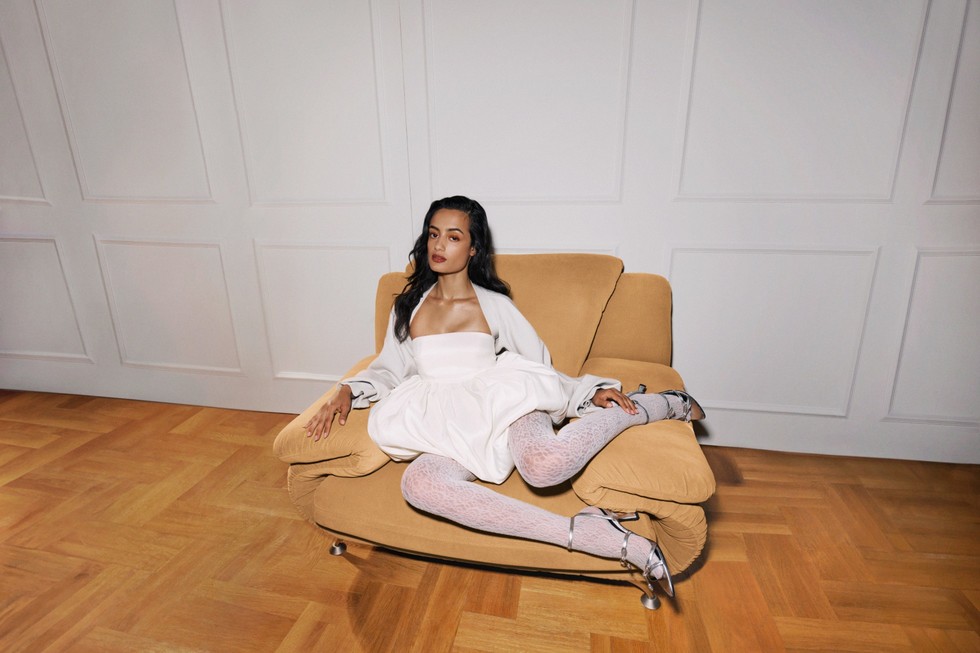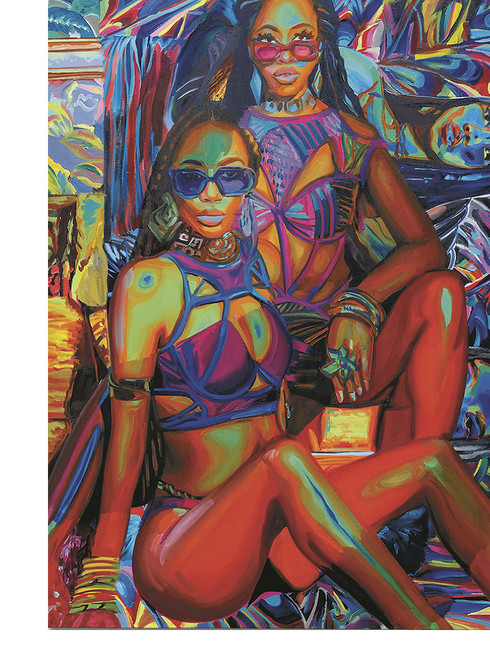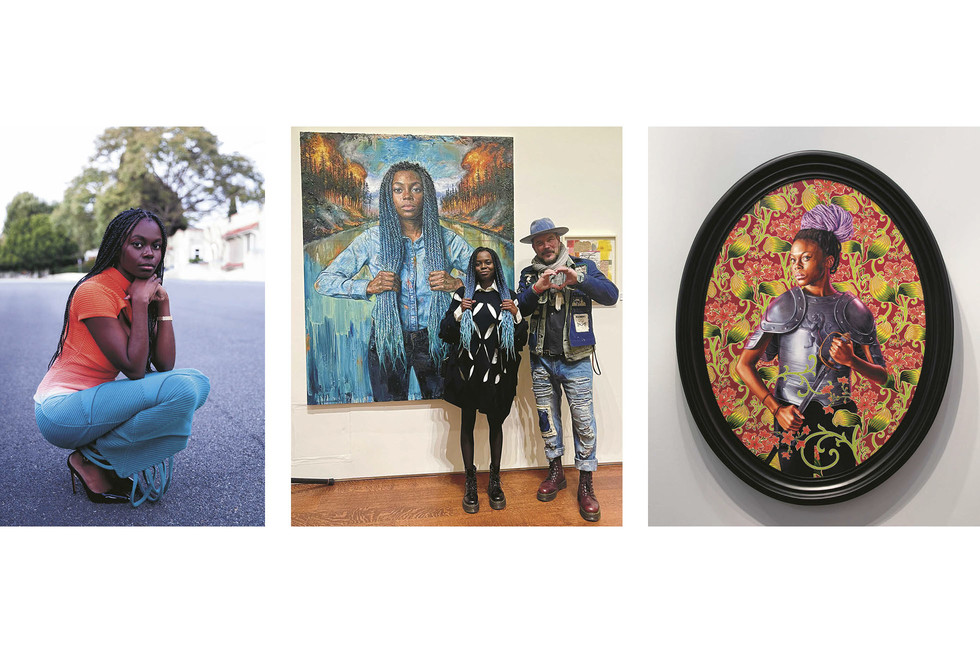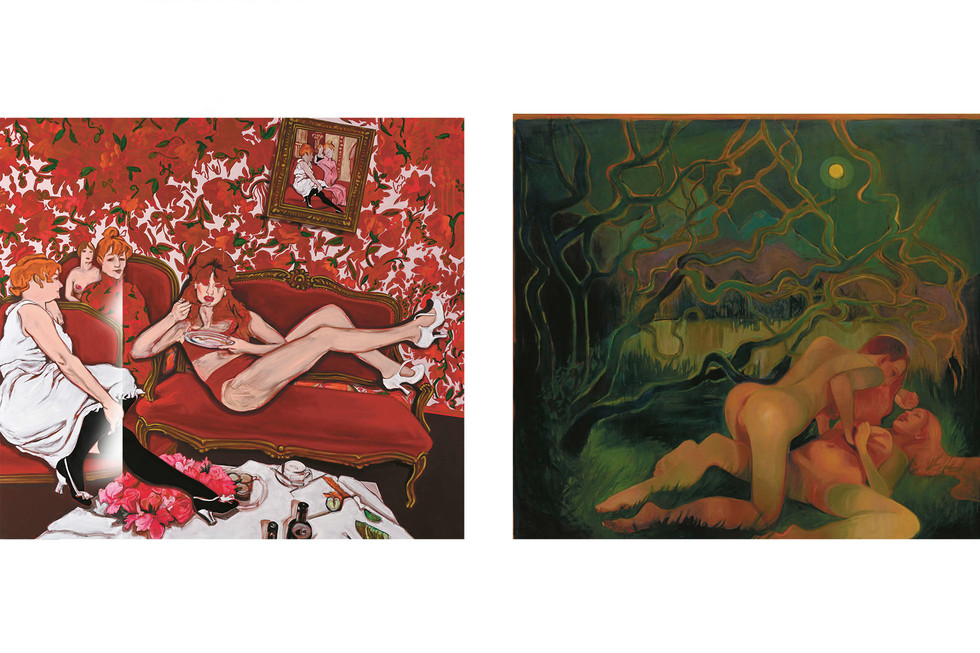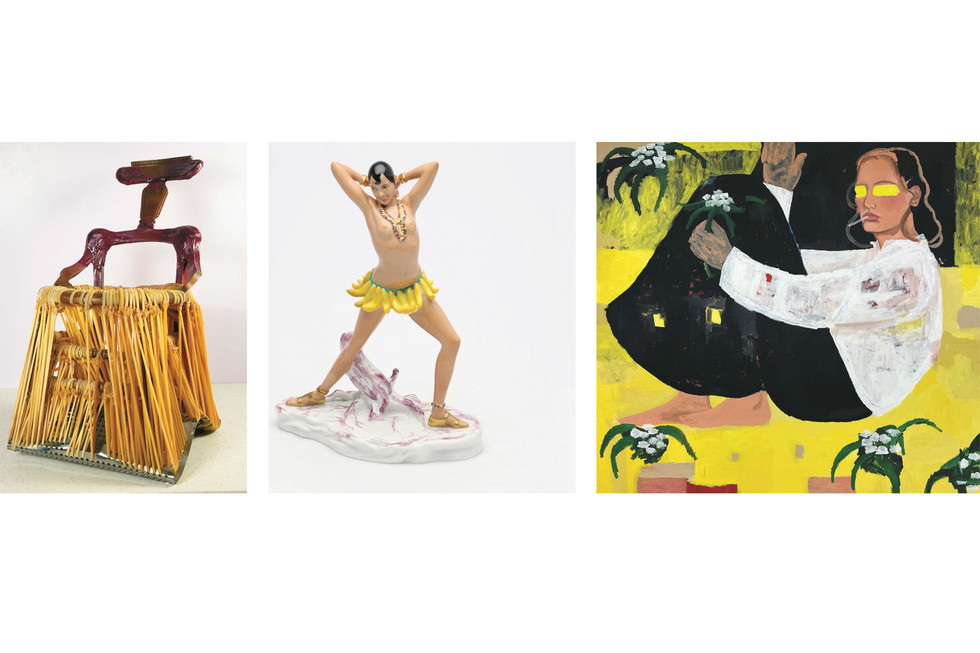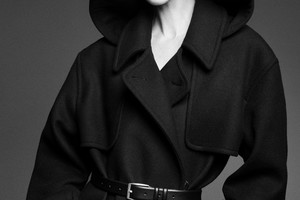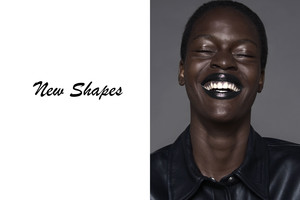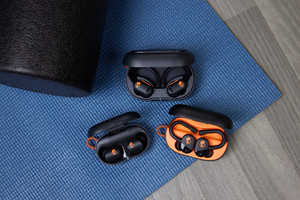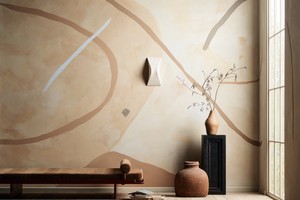Zalando Unveils New Brand Identity with Star-Studded ‘What Should I Wear?’ Campaign
Written by Fashion TalesZalando’s latest campaign, “What Should I Wear?”, celebrates the universal experience of choosing what to wear—an everyday dilemma that transcends age, location, and gender. Set against the vibrant backdrop of a bustling subway, the campaign captures the dynamic interplay between diverse lives, backgrounds, and style preferences. It highlights fashion that resonates with everyone, regardless of their journey.
In an exclusive interview, Sabrina Bahsoon, who gained prominence through her viral Tube dancing videos and her rich multicultural background, shares her unique perspective on fashion. Sabrina’s journey from Malaysia to London has profoundly shaped her fashion sense and daily wardrobe choices. Her insights offer a glimpse into how fashion serves as a tool for confidence and self-expression.
Sabrina’s story reflects the campaign’s theme perfectly. Through her experiences, she illustrates how Zalando simplifies fashion choices and inspires individuals to discover their own style and confidence. The campaign, like Sabrina’s journey, emphasizes the importance of fashion in expressing one’s identity and ambitions.
By offering a comprehensive range of styles, inspiring content, and an exceptional shopping experience, Zalando aims to help everyone find their perfect look, no matter where their path may lead.
What is the most important thing for you when deciding what to wear every day, and does this change when you’re preparing for a special occasion?
Sabrina: The first thing I consider is my vision for the day. I think about my mood, the weather, and whether I want to be more conservative or show off more of myself. Growing up in Malaysia, I balanced the hot weather with conservative settings. My daily outfits are based on what I want to portray and my mood.
How does your choice of outfit impact your confidence and mood?
Sabrina: My confidence is closely tied to what I wear. If I'm feeling confident, I'll dress more flashy. Comfortability plays a huge part because it influences how confident I feel in any situation.
How did your move from Malaysia to London influence your fashion sense and daily wardrobe choices?
Sabrina: I first moved to a small town called Hartpury, which was a big change from Malaysia. In Hartpury, I was training as an athlete and didn't care much about fashion. Moving to London during COVID then going to University in Durham exposed me to diverse fashion influences and helped me develop my style.
That must have been a big adjustment. How did it feel?
Sabrina: It was challenging, especially in small towns where fashion wasn't a focus. In London, everyone dresses uniquely, making it easier to express my style.
What inspired you to start dancing on the Tube, and how did fashion play a role in those viral videos?
Sabrina: I wanted to break out of my law student image and show my love for music and fashion. I started filming myself on the Tube because I spent so much time commuting and listening to music. Fashion played a big role because I dressed up every day to express my style.
How did you choose your outfits for these videos?
Sabrina: I would think about the image I wanted to portray and choose outfits that reflected that.
The way my hair blew in the wind on the Tube was a big factor too.
How has your life changed since you went viral, and how does this influence your fashion choices and daily wardrobe decisions?
Sabrina: Going viral changed everything. I started getting recognized, which made me more conscious of my fashion choices. I wanted to ensure that my style remained authentic and true to myself despite the attention.
Do you still feel pressure when choosing outfits for your videos?
Sabrina: Definitely. Depending on who I'm filming with or where we are, I always want to wear
something that represents my style and the vibe of the shoot.
How do you believe fashion can help build confidence and self-expression, especially in public settings?
Sabrina: Fashion is an easy way to change how you feel about yourself. Even if you're not confident yet, dressing the part can help you feel more like the person you want to become. It’s a way of foreshadowing your future self and building confidence.
Can you share an example of how this worked for you?
Sabrina: When I started focusing on my fashion, I felt more put together and confident, which
helped me project the image I wanted to the world.
How has the cultural diversity of London shaped your approach to fashion and the question, “What do I wear?”
Sabrina: London’s diversity has made it easier to dress how I want without judgment. Growing up in Malaysia influenced my love for colorful, lightweight fabrics, which I still incorporate into my style. London allows me to blend these cultural influences freely.
What specific elements from Malaysian culture do you incorporate into your fashion?
Sabrina: The fabric material„ the patterns, and the traditional silhouettes like the Kebaya. These elements are always a part of my wardrobe.
What challenges do you think people face in expressing their true selves through fashion in different cultural contexts?
Sabrina: People often worry about societal perceptions. In Malaysia, there’s a strong emphasis on what others think. Overcoming that mindset and realizing that most people don’t care as much as you think can be liberating.
How did you shift your mindset?
Sabrina: I started telling myself that people are staring because my outfit is great, not because it’s weird. This positive reinforcement helped me feel more confident.
How do you balance staying true to your unique style while also engaging with global fashion trends?
Sabrina: It’s a challenge, especially with having access to so many clothes. I’ve learned to be selective and only choose pieces that truly represent my style and that I can wear long-term. Sustainability is also important to me, so I focus on thrifting and finding unique pieces.
What strategies do you use to stay true to your style?
Sabrina: I ask myself if I would wear the piece more than once and if it fits my personal style. If not, I pass on it.
Can you share a moment when your outfit choice significantly impacted your interaction with others on the Tube?
Sabrina: One time, I wore a bold, colorful outfit that caught everyone’s attention. People were curious and started conversations with me, which wouldn’t have happened if I had worn something more subdued.
How did this experience influence your fashion choices?
Sabrina: I loved the idea that fashion can be a great conversation starter and a way to connect with others.
How do you think fashion can bridge cultural gaps and foster understanding between different communities?
Sabrina: Fashion is a universal language. When you wear something from another culture, it can spark curiosity and conversations. It’s a way to share stories and traditions.
Can you give an example of how fashion helped you connect with someone from a different background?
Sabrina: When celebrating Eid at home , my friends would wear my traditional Malaysian attire, which led to discussions about our cultures and traditions, creating a deeper understanding and connection.
What role do you believe fashion plays in creating viral social media moments, like your Tube dancing videos?
Sabrina: Fashion plays a crucial role. It’s not just about the dance or the music but also about the visual appeal. My outfits helped convey my personality and added to the overall impact of the videos.
Do you still plan your outfits meticulously for your videos?
Sabrina: Yes, I always consider what I’m wearing and how it will come across on camera. The right outfit can elevate the entire video.
Zalando aims to offer a wide range of styles for all. How do you think this inclusivity can help people find their confidence in fashion?
Sabrina: Having a wide range of styles means that everyone can find something that fits their personality and body type. It’s encouraging for people who might not have found their style yet to explore different options and see what resonates with them.
How did Zalando’s range help you when you first started exploring fashion?
Sabrina: It provided me with so many choices that I could experiment with different looks until I found what truly represented me.
If you were to create a fashion line with Zalando inspired by your Tube videos, what key elements would you include?
Sabrina: I’d include three main moods: a siren/mermaid energy, a witchy-boho vibe, and a structured, put-together look. These represent the different aspects of my personality and the various roles I play in my life.
How would you ensure these pieces are versatile?
Sabrina: I’d design them to be mix-and-matchable, so people can create multiple outfits from a few key pieces.
How do you think technology and social media have changed the way people make decisions about what to wear daily?
Sabrina: Social media provides endless inspiration and allows people to see how others style their outfits. It’s easier to experiment and find your style when you can see real people wearing the clothes.
Do you rely on social media for fashion inspiration?
Sabrina: Definitely. I follow influencers who inspire me and adapt their looks to fit my style. It’s a great way to discover new ways to wear my clothes.


